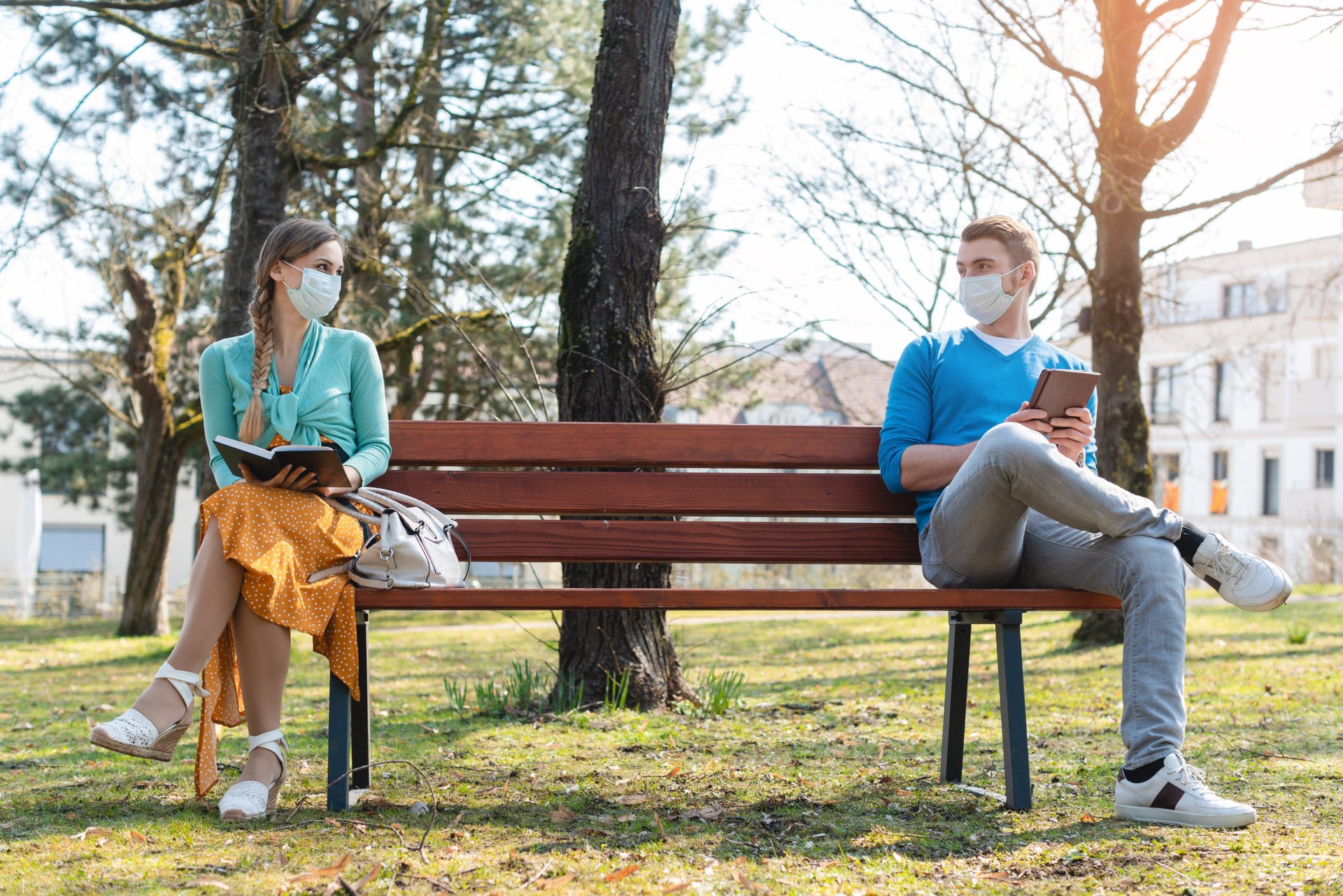
Simply maintaining a “safe” social distance of 6 feet may not be enough to prevent infection with the coronavirus, according to a group of 239 scientists from 32 different countries.
The scientists are concerned that health experts are not adequately addressing the danger of airborne spread of the new coronavirus, which causes the COVID-19 disease, news reports say.
The New York Times reported July 4 that the scientists would publish an open letter to the World Health Organization urging the body to update its recommendations for the coronavirus. The letter appeared in the medical journal Clinical Infectious Diseases on July 6.
Up to now, health experts like the WHO generally have recommended keeping a social distance of 6 feet from other people.
This is based on the belief that the coronavirus primarily is transmitted person to person via large respiratory droplets. And once a person expels this type of droplet — such as through a cough, sneeze or even talking — it quickly drops to the ground instead of remaining in the air.
But the scientists writing the open letter to the WHO maintain that smaller particles also can infect people. Such particles might linger in indoor air and travel up to several meters. The letter explains:
“There is significant potential for inhalation exposure to viruses in microscopic respiratory droplets (microdroplets) at short to medium distances (up to several meters, or room scale), and we are advocating for the use of preventive measures to mitigate this route of airborne transmission.”
If the scientists are right, it would have profound implications for how the coronavirus is contained, particularly in crowded spaces with poor ventilation. The New York Times reports:
“Masks may be needed indoors, even in socially-distant settings. Health care workers may need N95 masks that filter out even the smallest respiratory droplets as they care for coronavirus patients.”
The newspaper says other changes likely would be necessary if the theory is correct. They include:
- Ventilation systems in schools, nursing homes, residences and businesses would need to be tweaked to avoid recirculating air. New and more powerful filters also likely would be required.
- Buildings might need to install ultraviolet lights that kill viral particles within droplets.
Recent outbreaks tied to people gathering in restaurants, bars, casinos and markets may lend support to the scientists’ theory, according to the NYT.
However, the NYT also reported that Dr. Benedetta Allegranzi, WHO technical lead on infection control, acknowledged that there is “strong debate” about whether airborne transmission is possible.
For more on the coronavirus, check out Money Talks News’ latest coverage.





Add a Comment
Our Policy: We welcome relevant and respectful comments in order to foster healthy and informative discussions. All other comments may be removed. Comments with links are automatically held for moderation.